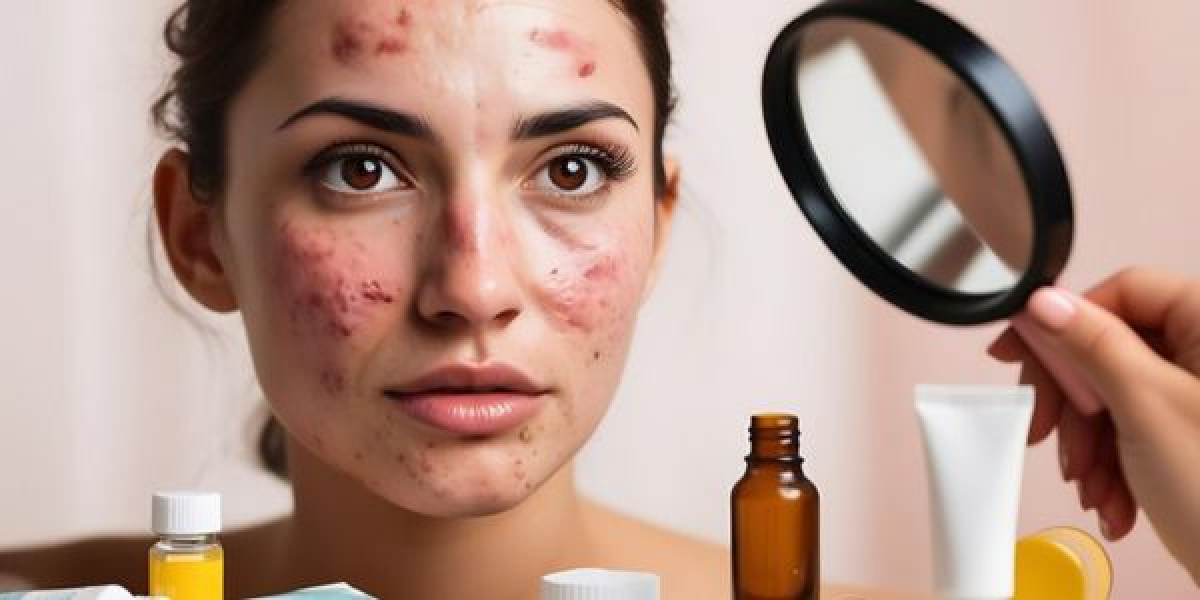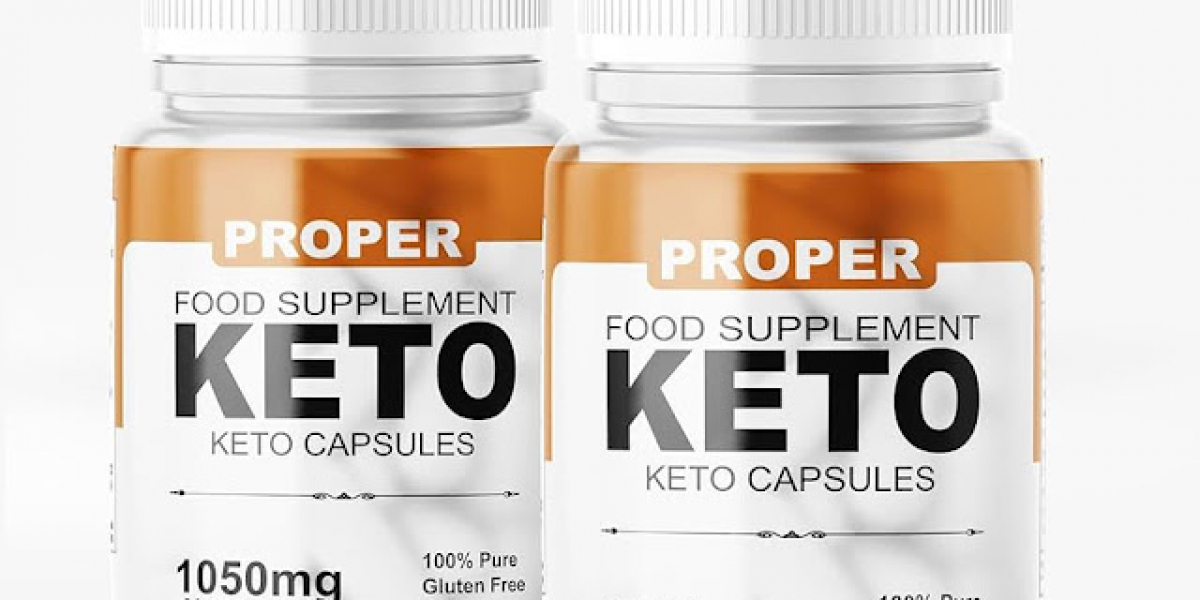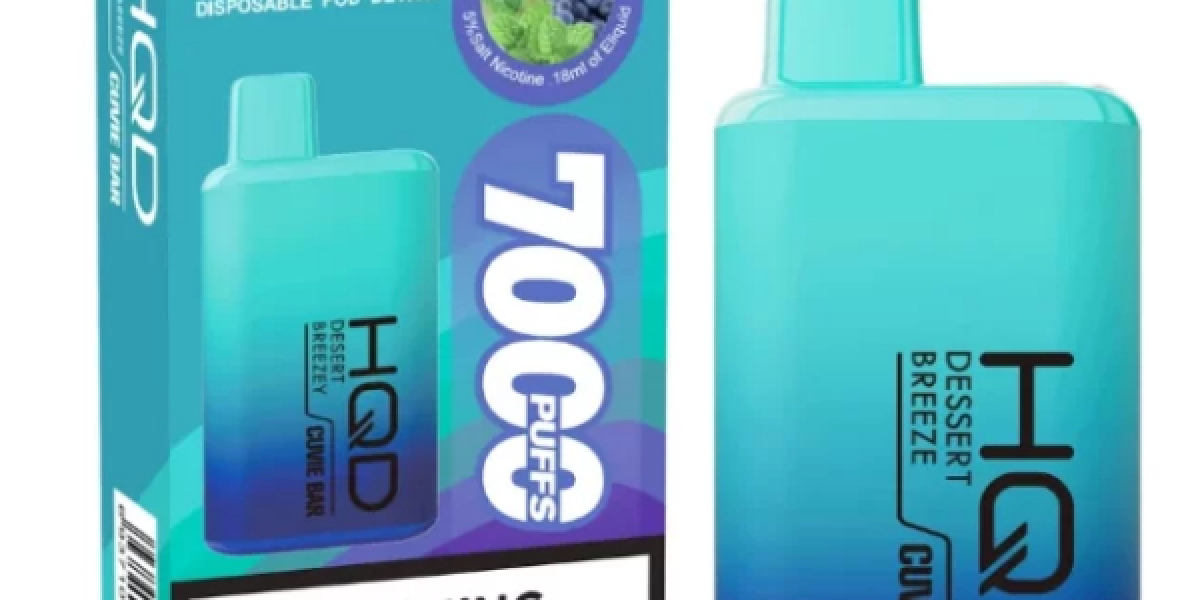Pigmentation issues such as dark spots, hyperpigmentation, melasma, and uneven skin tone can be frustrating, but with the right treatment, they can be significantly reduced. One common question we often hear is, how long does it take for a pigmentation treatment kit to show results? The answer depends on several factors, including the type of pigmentation, the ingredients used in the treatment, and your skin type. In this article, we will explore these factors in detail, and guide you through the typical timeline for seeing results from pigmentation treatment kits.
Understanding Pigmentation and Its Causes
Before diving into the treatment timelines, it’s important to understand what causes pigmentation. Hyperpigmentation occurs when there is an excess production of melanin—the pigment responsible for skin color. Common triggers for pigmentation include sun exposure, hormonal changes, inflammation, and skin injuries. Addressing the underlying cause is essential to effectively treat the condition.
Types of Pigmentation
There are different types of pigmentation that require various treatment approaches. The primary types are:
- Post-inflammatory hyperpigmentation (PIH): This occurs after an injury or skin inflammation, such as acne or eczema.
- Melasma: Often triggered by hormonal changes, such as pregnancy or the use of birth control pills.
- Sunspots (solar lentigines): Caused by prolonged exposure to UV rays.
Each type of pigmentation responds differently to treatment, so understanding which one you have is crucial for determining how long it will take to see results.
How Do Pigmentation Treatment Kits Work?
Pigmentation treatment kits are formulated to lighten dark spots and even out skin tone by targeting excess melanin production. Most treatment kits include a combination of exfoliants, brightening agents, and sunscreen to protect the skin from further damage. Common active ingredients in these kits include:
- Vitamin C: Known for its ability to brighten the skin and reduce dark spots.
- Retinoids: Stimulates cell turnover and helps in fading dark spots.
- Hydroquinone: A powerful skin-lightening agent.
- Niacinamide: Reduces pigmentation by inhibiting melanin production.
- Alpha Hydroxy Acids (AHAs): Exfoliates the skin to reveal a brighter complexion.
The effectiveness of these ingredients and how long they take to show visible results depend on both their concentration and how consistently they are applied.
Timeline for Pigmentation Treatment Results
Immediate Effects (First 1-2 Weeks)
During the first one to two weeks of using a pigmentation treatment kit, your skin may not show significant visible changes. However, at the cellular level, the treatment has already started working. Exfoliating ingredients, such as AHAs or retinoids, begin to remove dead skin cells, promoting the regeneration of new cells. It’s essential during this period to continue using sunscreen daily to prevent new dark spots from forming.
Visible Changes (3-6 Weeks)
By the third to sixth week, most people will begin to see noticeable improvements in their skin’s texture and tone. Dark spots may start to lighten, and the skin might appear brighter overall. Vitamin C and niacinamide, common ingredients in pigmentation kits, will have started to reduce the intensity of dark spots by regulating melanin production. Hydroquinone, if present, also shows significant lightening effects around this time.
Optimal Results (8-12 Weeks)
For most pigmentation treatment kits, 8 to 12 weeks is the average time to achieve optimal results. By this point, the skin’s natural regeneration process, accelerated by ingredients like retinoids and AHAs, will have fully taken effect. Dark spots will be visibly reduced, and your overall skin tone will be more even. Keep in mind that results may vary based on the type of pigmentation and the severity of the condition. Melasma, for instance, may take longer to treat than post-inflammatory hyperpigmentation.
Long-Term Maintenance (12+ Weeks)
After 12 weeks, most people will experience significant improvements, but ongoing treatment is necessary to maintain these results. Pigmentation can return if you are exposed to triggers like UV rays or hormonal changes. Therefore, consistent use of sunscreen and continued application of brightening agents is essential to prevent relapse. For deeper pigmentation issues, like melasma, maintenance treatment may need to continue for several months or longer.
Factors That Influence Treatment Time
Severity of Pigmentation
The severity of your pigmentation will largely dictate how long it takes to see results. Mild pigmentation, such as small sunspots, may fade within 4 to 6 weeks, while more severe cases, like deep melasma, may require 6 months or longer to achieve noticeable improvements.
Skin Type and Sensitivity
Your skin type also plays a crucial role in how quickly you see results. People with lighter skin tones may notice changes faster because pigmentation is more visible, while those with darker skin tones may require more extended treatment periods as pigmentation tends to be deeper.
If you have sensitive skin, your treatment kit may take longer to show results since you’ll need to introduce products more gradually to avoid irritation.
Consistency in Application
One of the biggest factors in determining how quickly you’ll see results is consistency. Skipping days or applying treatments sporadically can slow progress. To achieve the best results, it’s crucial to follow the instructions provided with the pigmentation treatment kit. This usually means applying the products daily, both in the morning and at night.
Sun Exposure
Even the best pigmentation treatment won’t work if you don’t protect your skin from the sun. Sun exposure worsens pigmentation and counteracts the effects of brightening agents. Wearing sunscreen with at least SPF 30 every day, even when indoors, is essential for preventing new pigmentation and supporting the treatment’s effectiveness.
When to Expect Full Results
As a general rule, most people will see significant improvements within 2 to 3 months of consistent use of a pigmentation treatment kit. For mild cases, noticeable fading of dark spots may occur in as little as 4 to 6 weeks. However, for more stubborn pigmentation issues like melasma, it may take 6 to 12 months of continuous treatment to achieve the desired outcome.
It’s also important to note that while most pigmentation treatments are highly effective, results can vary from person to person. Patience and consistency are key when using these products, and it’s always a good idea to consult with a dermatologist for personalized advice.
Conclusion
Pigmentation treatment kits can be a highly effective solution for reducing dark spots and evening out skin tone, but the timeline for seeing results depends on several factors. The severity of the pigmentation, your skin type, and how consistently you apply the treatment all play a role. While mild cases may show improvement within 4 to 6 weeks, more severe pigmentation issues may take several months to resolve. For the best results, it’s essential to be patient, consistent, and to protect your skin from the sun.









